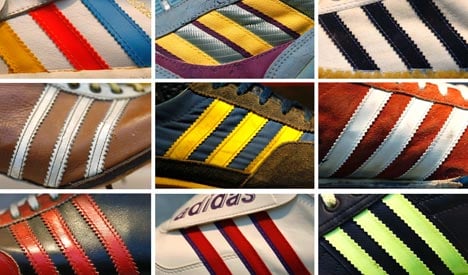Adidas, based in the Bavarian town of Herzogenaurach, said 2010 net earnings more than doubled to €567 million from €245 million the year before. Revenue climbed 15.5 percent to just under €12 billion.
The results surpassed the company’s own estimates.
“All our brands scored with consumers in an improving worldwide economy,” company CEO Herbert Hainer said in a statement.
The company’s 2010 fourth quarter was not quite as positive, with October-December earnings at €7 million, down from €19 million a year earlier. Adidas put the blame on higher operating costs.
But due to the positive numbers overall, the company reported it proposed raising its dividend to €0.80 from €0.35 a share. Over the past 12 months, Adidas stocks have gained around 30 percent of their value.
Adidas is bullish about the coming year, saying it expects further growth and is more optimistic than before about revenue development. It has raised its 2011 sales forecast, saying the company now expects sales to rise by a “mid- to high-single-digit percentage range,” after previously predicting a “mid-single-digit” rise.
Adidas is the world’s second-largest sportswear maker by revenue after US-based Nike.
DPA/The Local/kdj



 Please whitelist us to continue reading.
Please whitelist us to continue reading.
Member comments